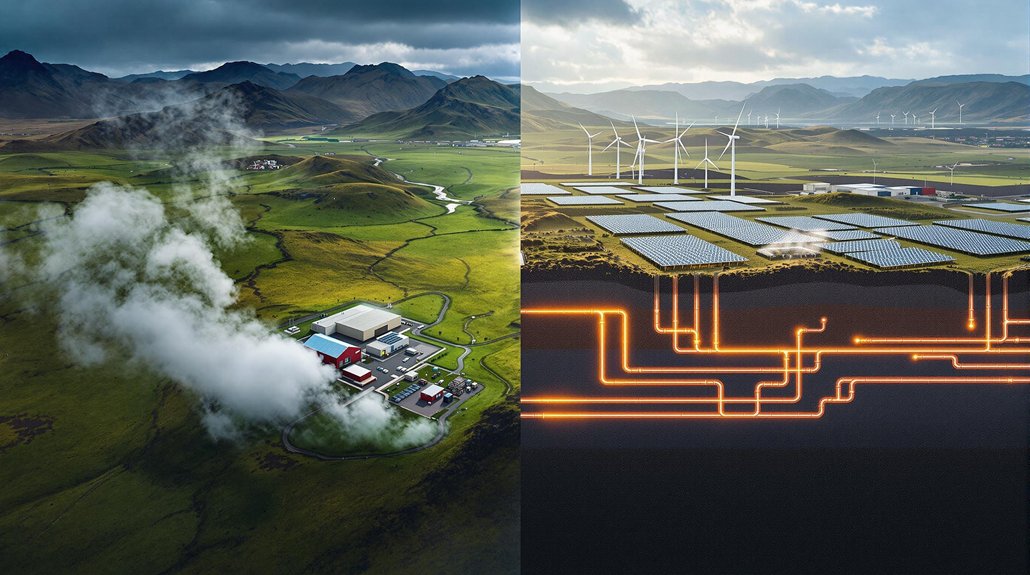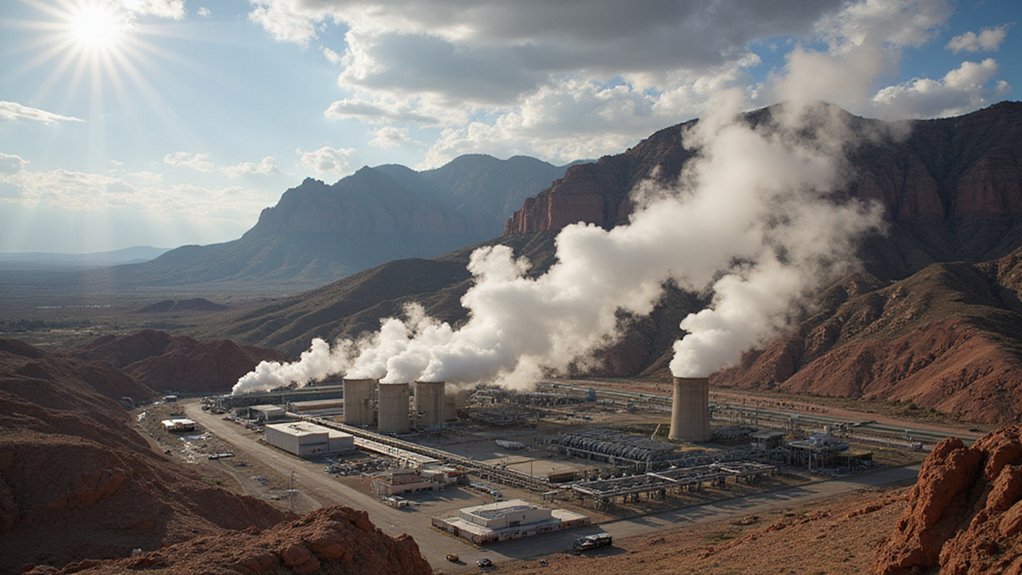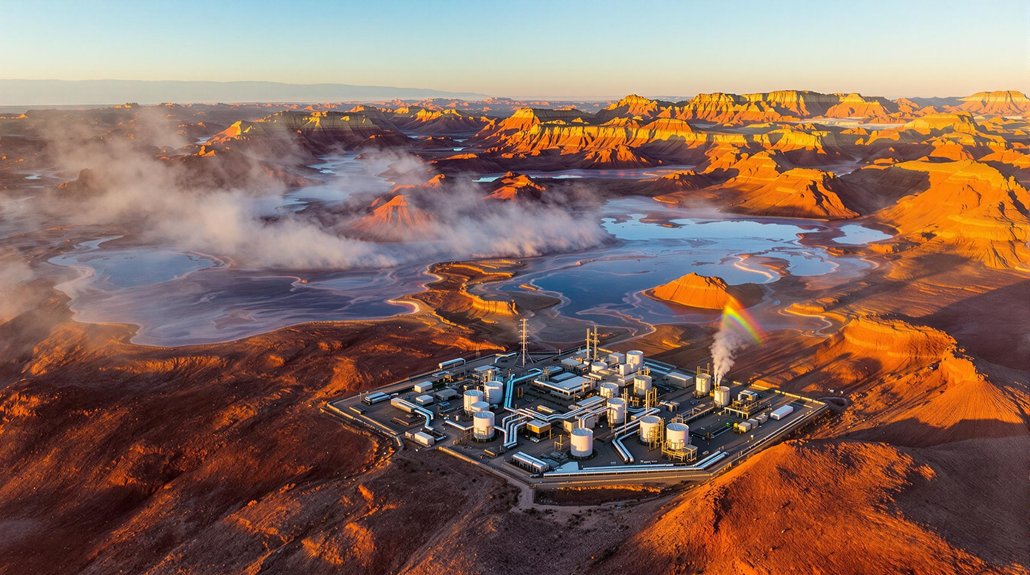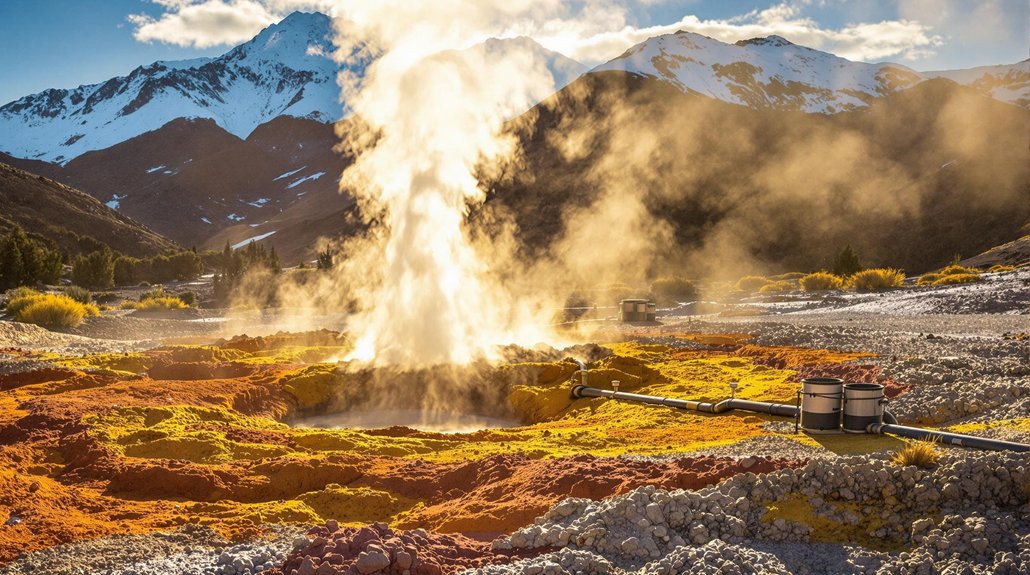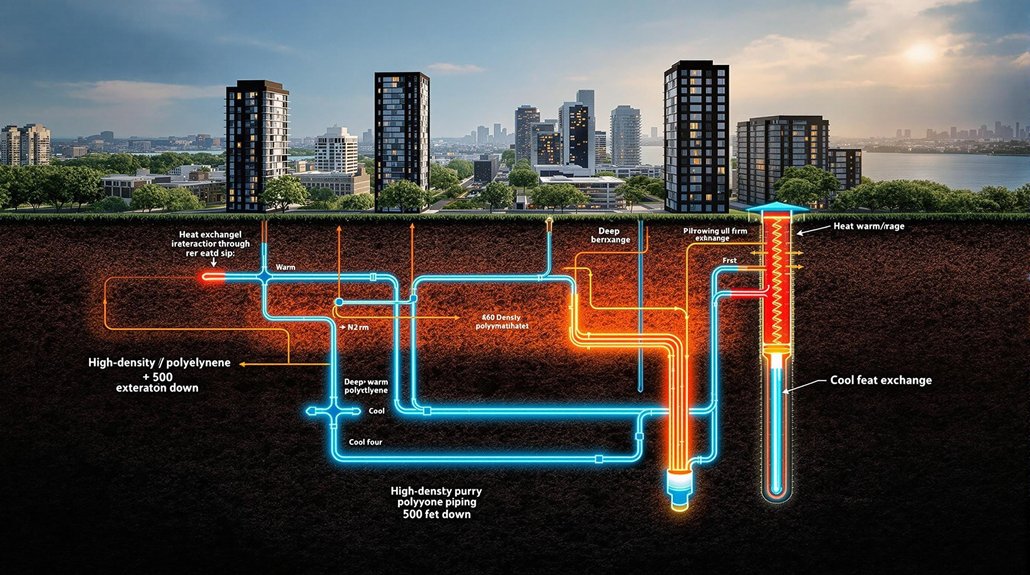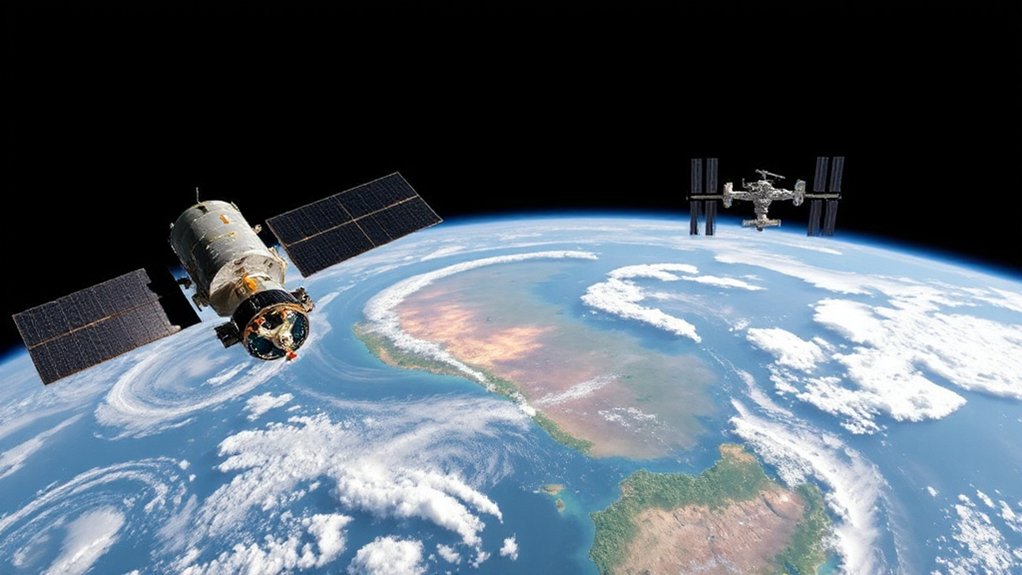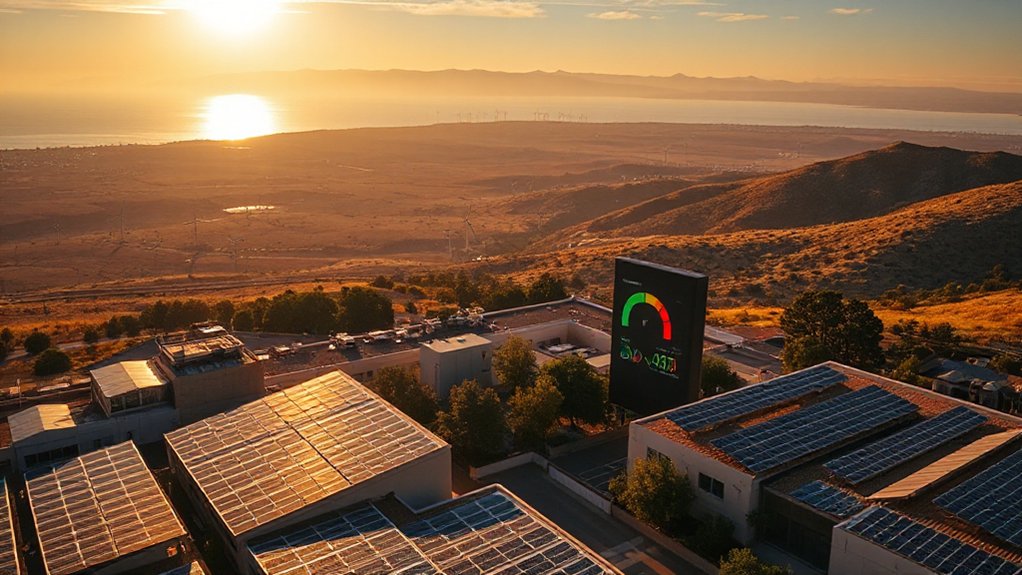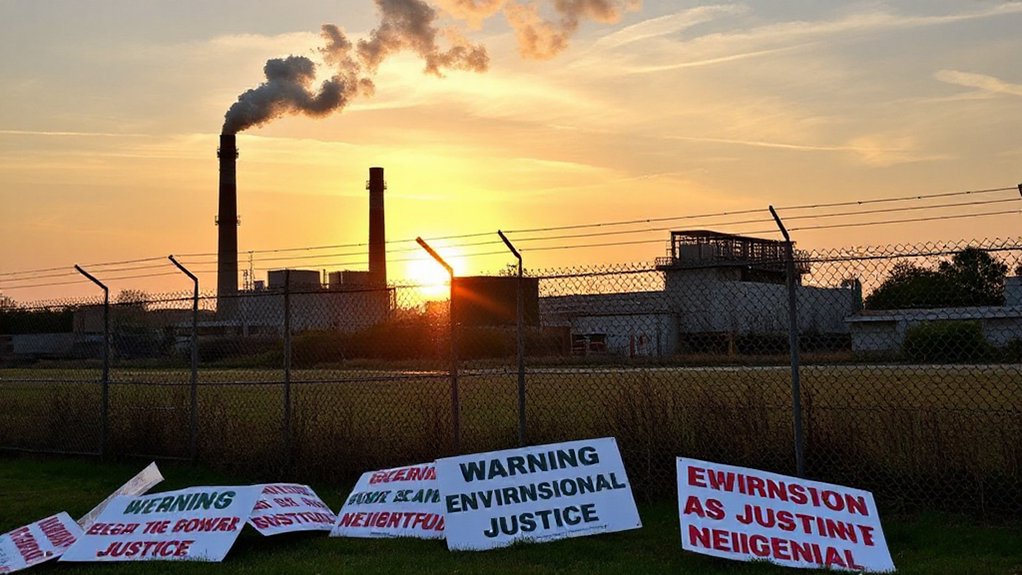Geothermal energy’s story stays buried while solar and wind hog the spotlight. Most folks don’t get it—confusing it with volcanoes or simply never hearing about it. Pretty ironic considering it’s been used for 10,000 years. With 99% fewer emissions than coal and the ability to provide constant power, geothermal deserves better PR. Better storytelling and public education could finally release this sleeping giant beneath our feet.
While solar panels gleam in the spotlight and wind turbines spin gracefully across magazine covers, geothermal energy has been quietly powering civilization for millennia. People have been tapping into Earth’s heat for over 10,000 years in North America. Not exactly breaking news, is it? Yet somehow, most folks can’t tell you the first thing about it.
Geothermal energy: civilization’s oldest clean power source, hiding in plain sight while flashier alternatives steal the spotlight.
Italy gets the credit for first industrial use back in 1818. They weren’t generating electricity—just extracting boric acid—but it was a start. By 1913, Larderello, Italy hosted the world’s first commercial geothermal power plant. The Geysers in California followed in 1960 and still dominates the scene today with a whopping 725 megawatts of capacity. Iceland’s economy transformed because of it. Ninety percent of their heating comes from underground. Must be nice.
The environmental benefits are staggering. Geothermal emits 99% less carbon dioxide than coal. Binary-cycle plants produce virtually zero emissions. Life-cycle emissions? Ninety-five percent lower than coal. Binary systems actually have consistently lower emissions than both wind and solar power according to lifecycle analyses. But nobody’s talking about it at cocktail parties.
Public perception remains the biggest hurdle. Most people hear “geothermal” and picture volcanoes exploding. Not exactly a great marketing strategy. Meanwhile, solar and wind get all the attention, like the popular kids in high school. The general public barely knows geothermal exists. As documented in Cataldi and Arrriaga’s comprehensive book, geothermal energy has been shaping human health and wellbeing for centuries through hot springs and therapeutic baths. With its remarkable availability factor of 95%, geothermal provides consistency that weather-dependent renewables simply cannot match.
Technology keeps advancing, though nobody seems to notice. Enhanced geothermal systems could tap dry, hot rock anywhere. Oil drilling techniques are being repurposed. Projects like FORGE in Utah might finally prove what’s possible. Heat pumps already offer solutions for homes and businesses.
The industry needs better storytellers. Seriously. The facts are compelling—job creation, baseload power generation, tiny land footprint. But facts don’t change hearts. People need to understand what geothermal really means: reliable, clean energy that’s been right under our feet the whole time.
Iceland figured it out. Italy’s been at it for over a century. Maybe it’s time the rest of us caught up.
